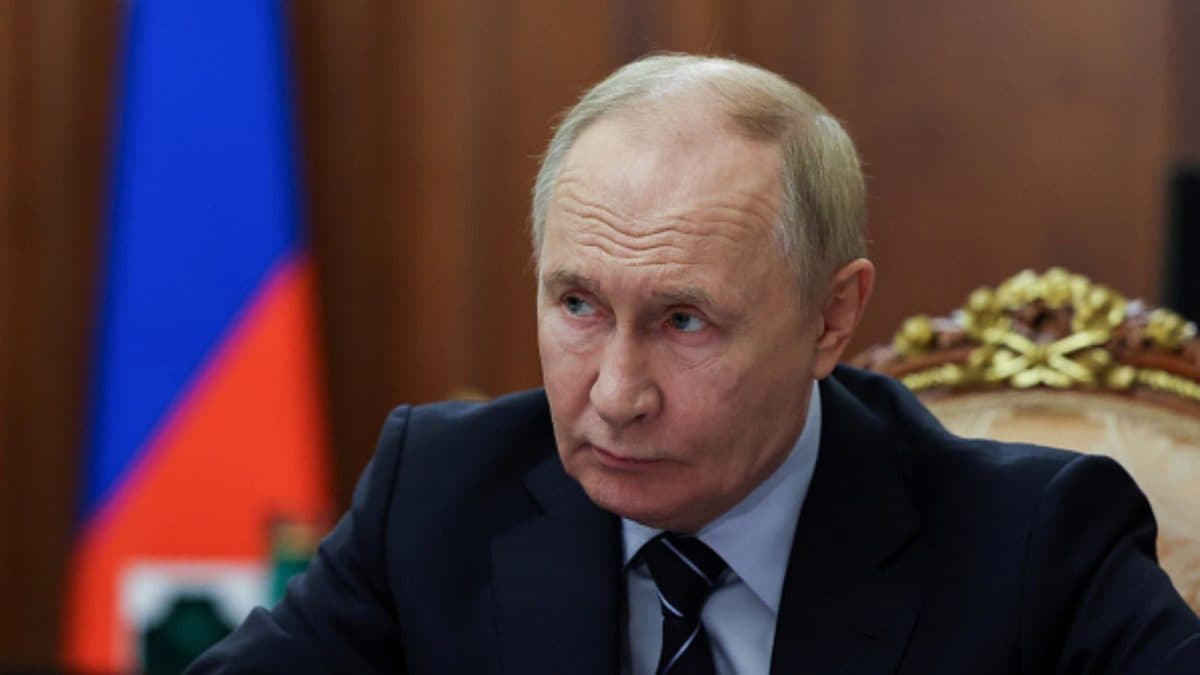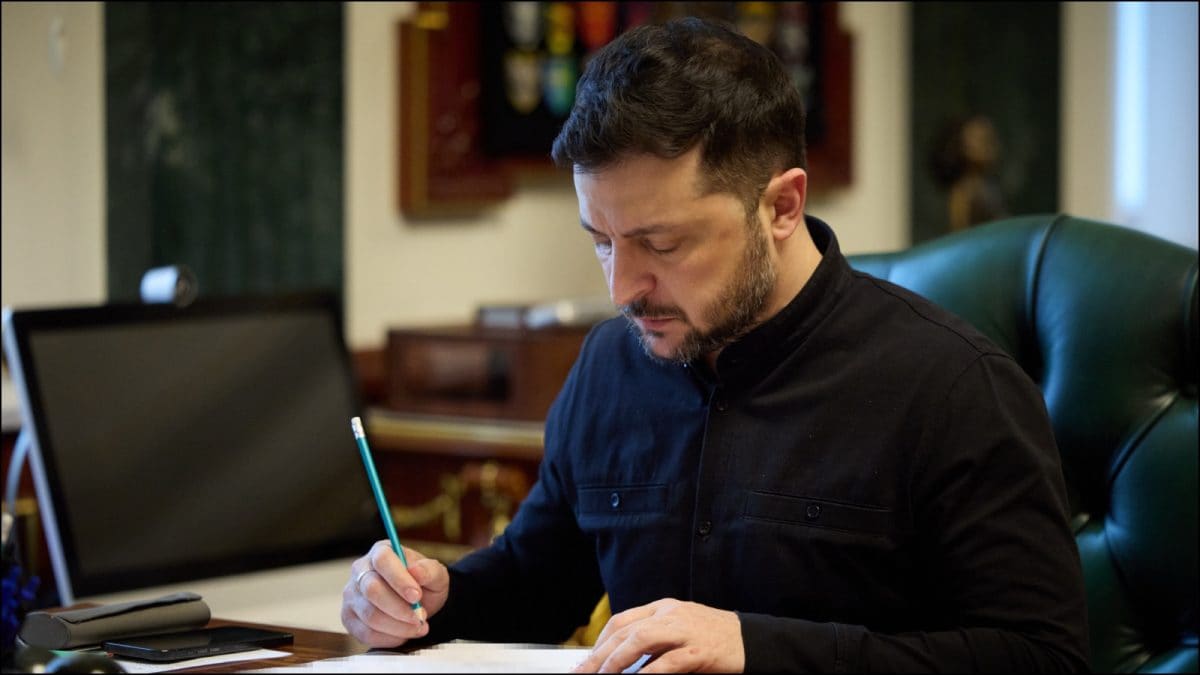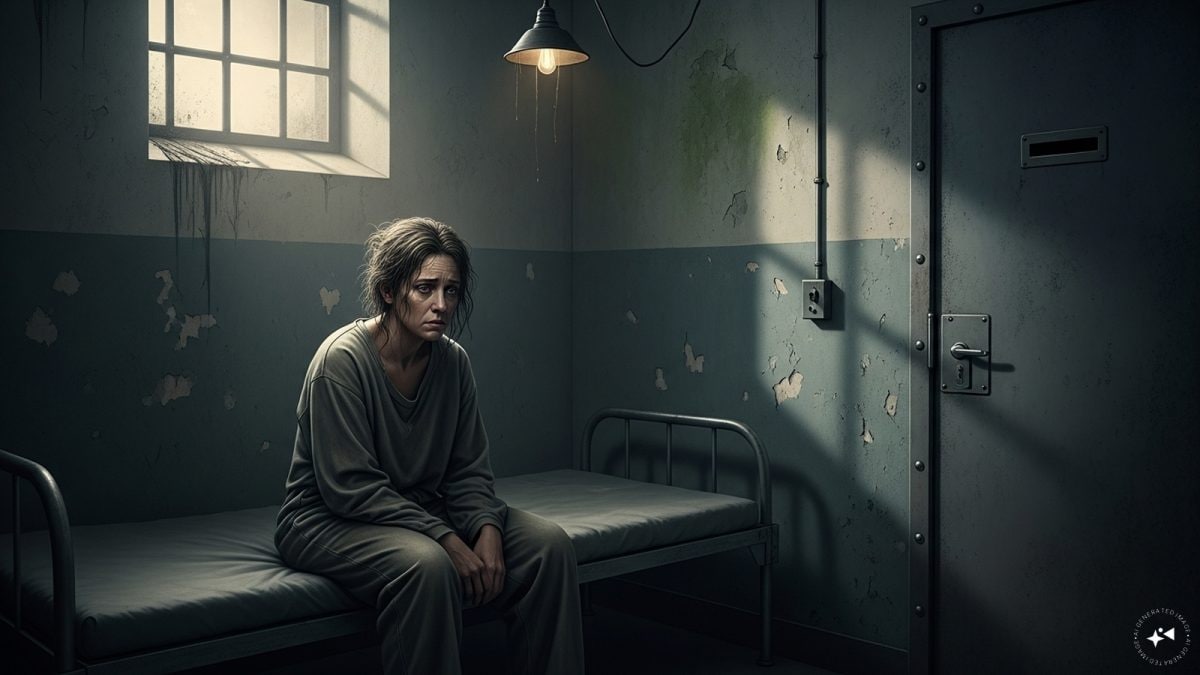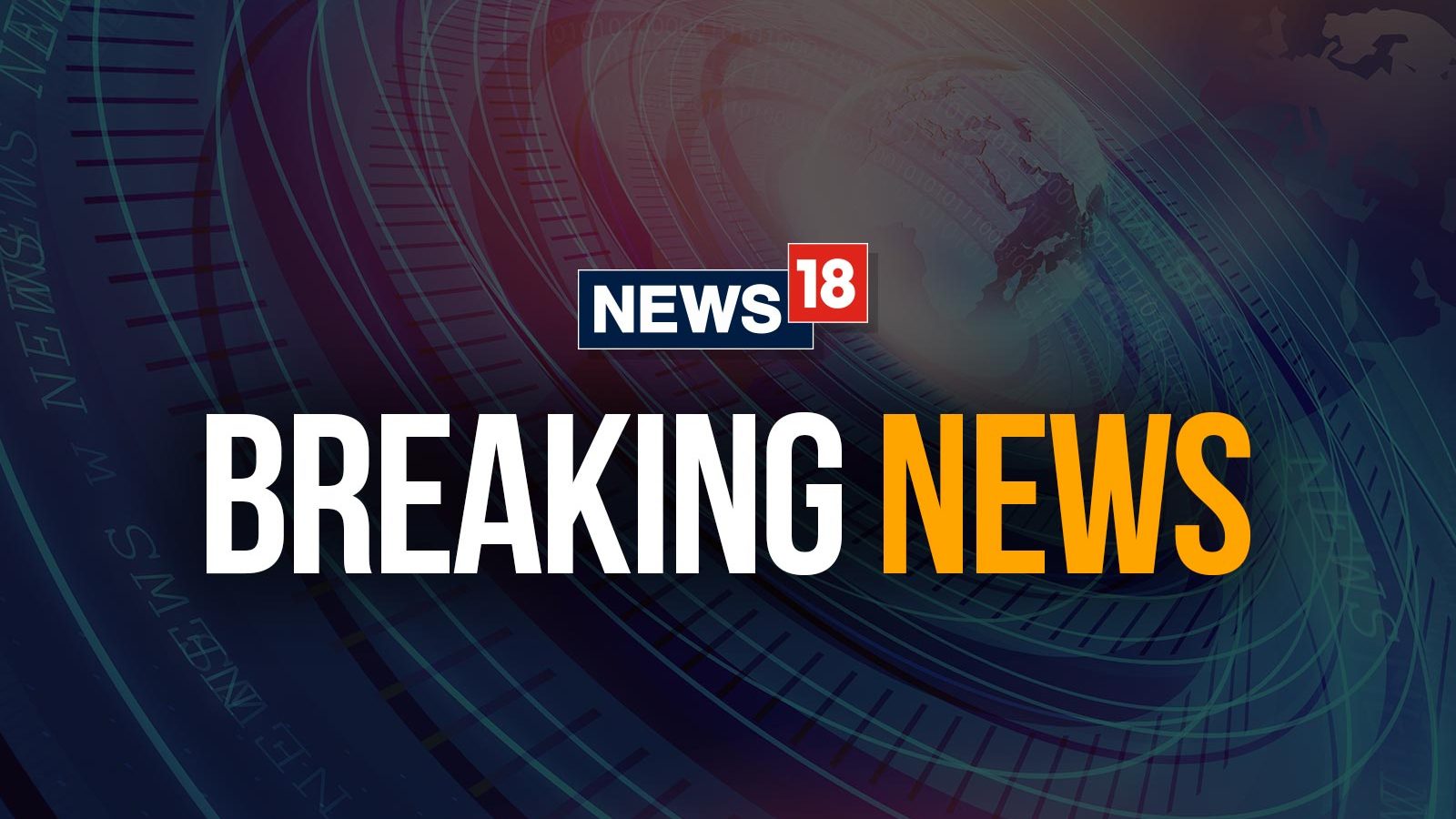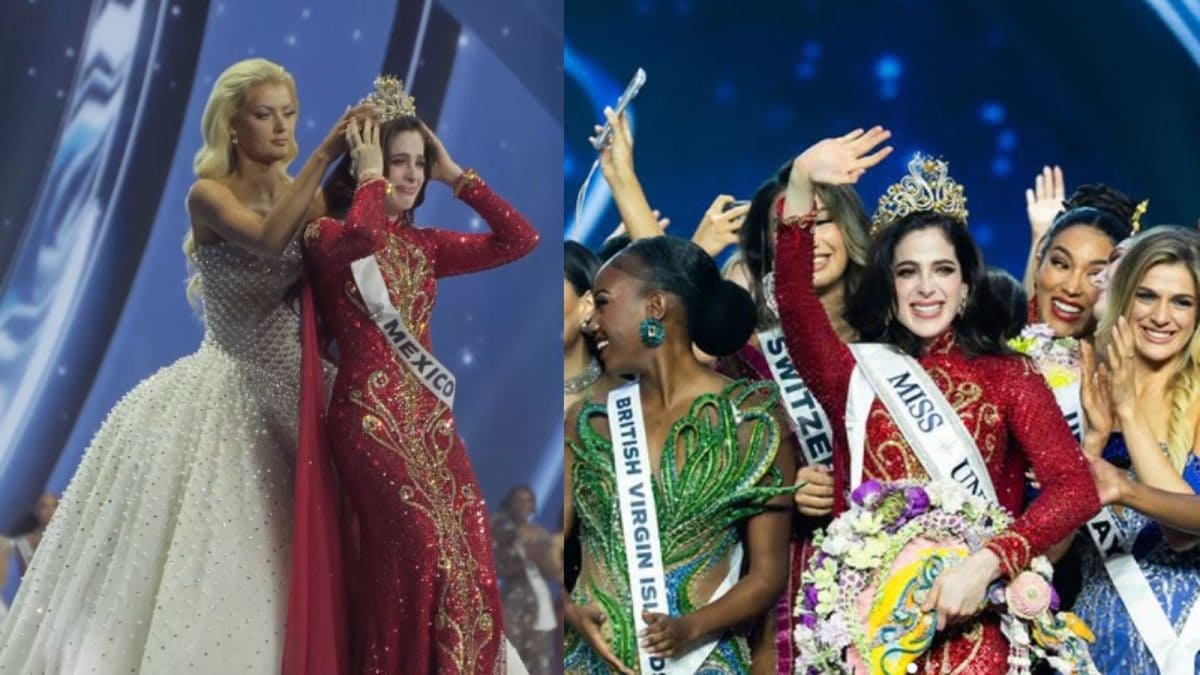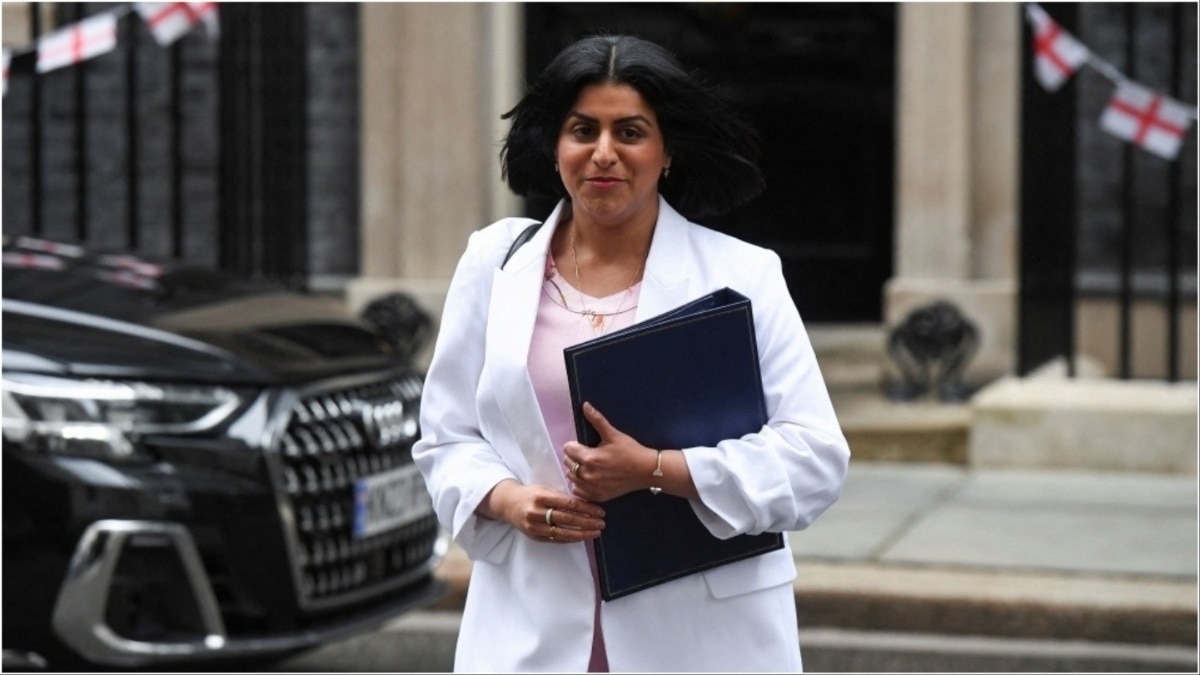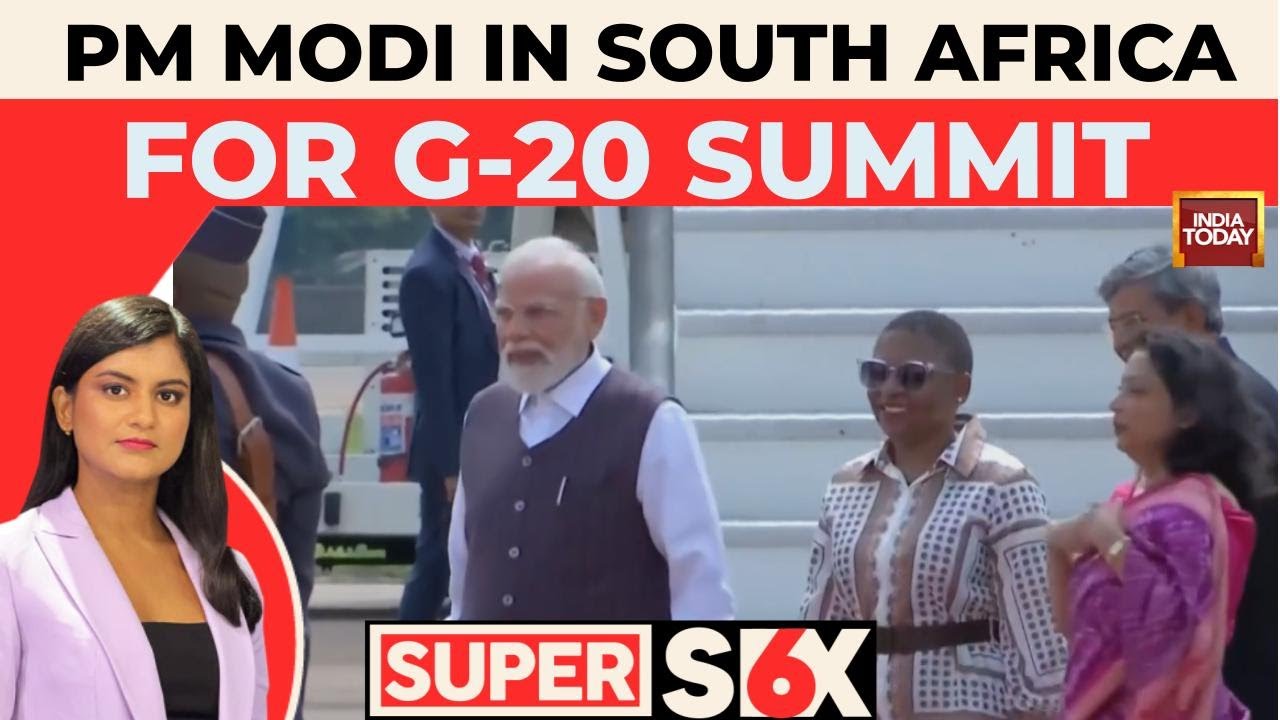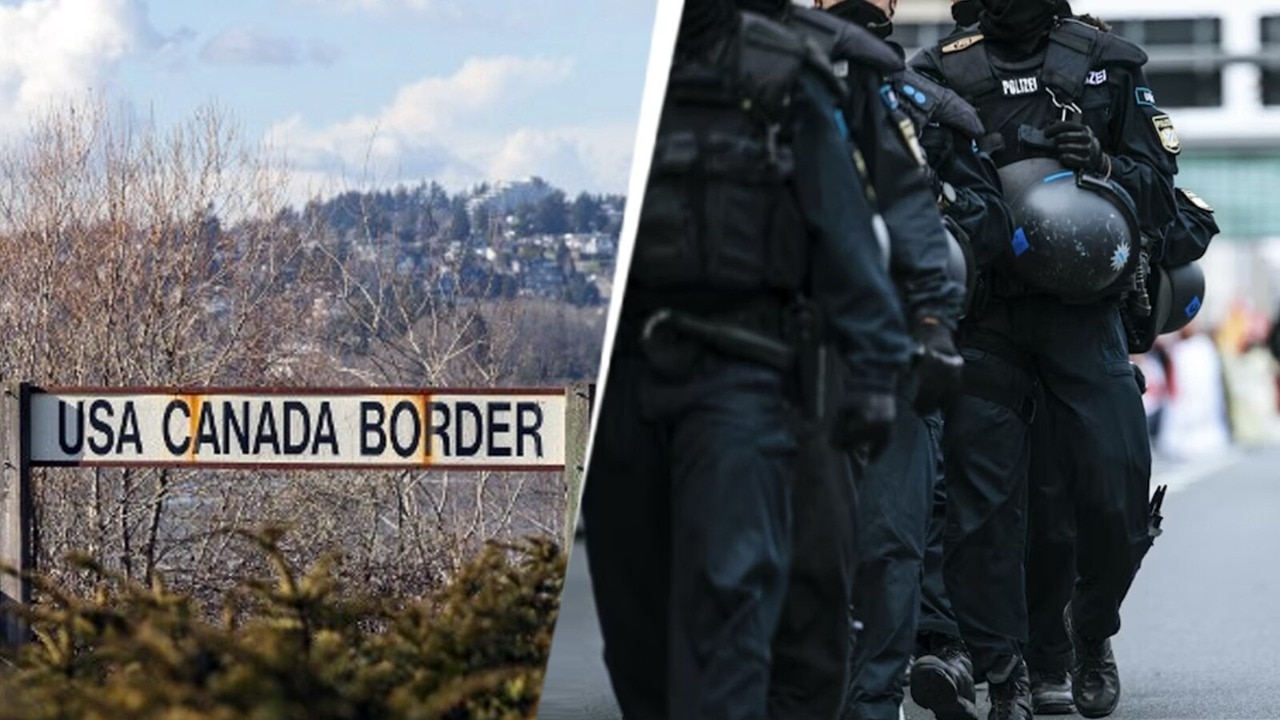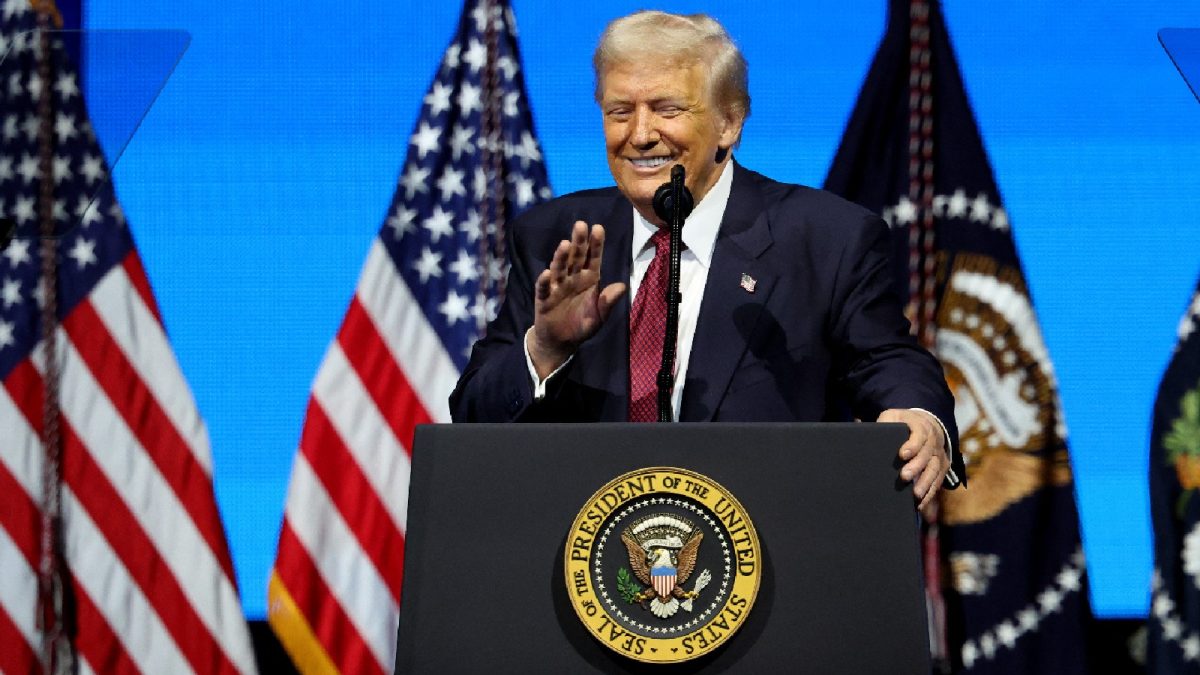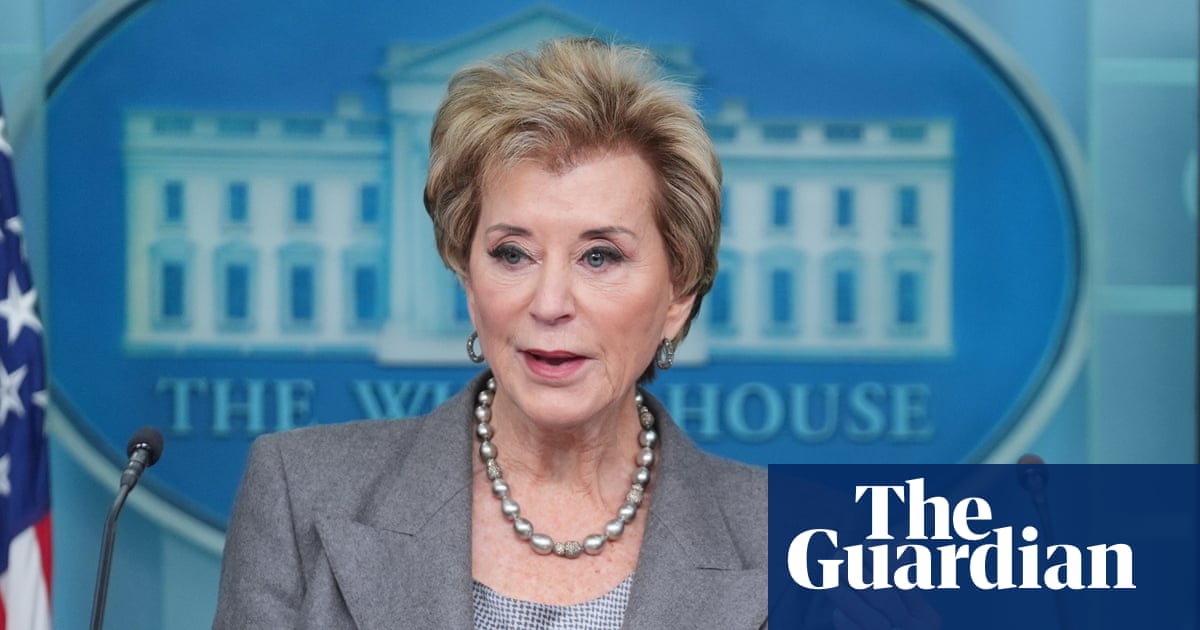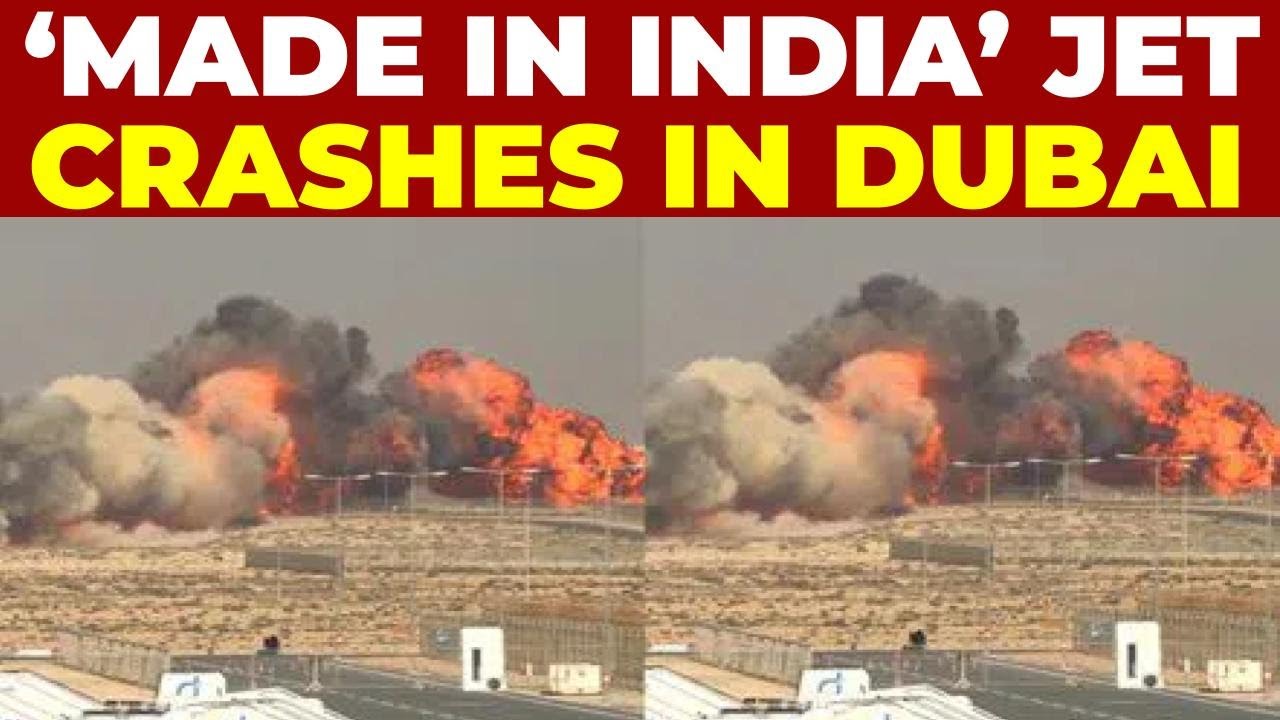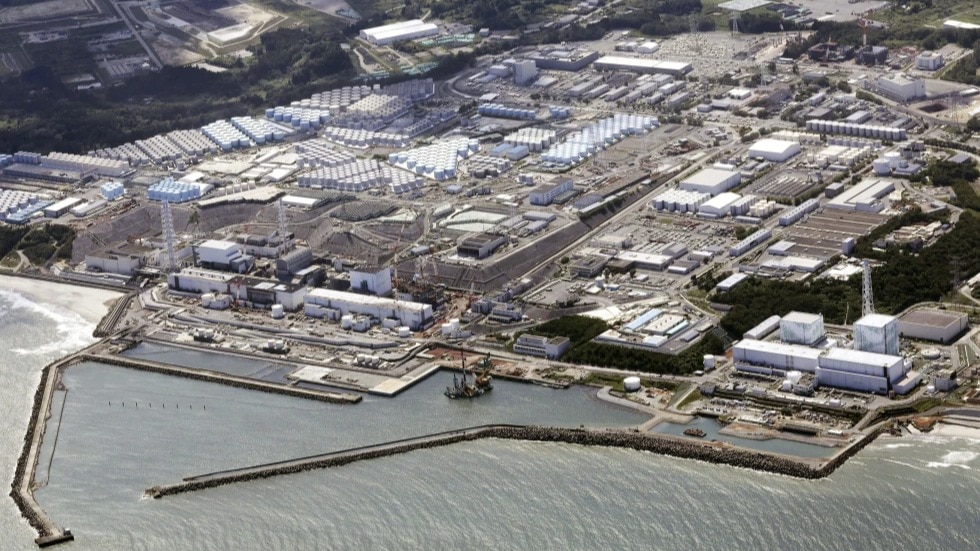Last Updated:November 21, 2025, 23:53 IST
Donald Trump backs a 28 point peace deal demanding major concessions from Kyiv, recognition of the occupation of Crimea and Donbas for Moscow.

Destroyed buildings in the frontline town of Kostyantynivka, Donetsk region. (AFP photo)
After nearly four years of brutal fighting, multiple failed ceasefires, and a collapse of international diplomacy, a confidential peace proposal negotiated between American and Russian officials has finally come to light. The war in Ukraine, once expected to end in months, has instead hardened into a grinding conflict marked by massive casualties, scorched cities, and stalled diplomatic initiatives that never made it beyond photo-op summits.
Western-led peace efforts have repeatedly faltered. Early negotiations in Istanbul collapsed, proposals from European capitals were dismissed by Moscow, and Kyiv’s own peace formula gained symbolic support but little practical traction. As the front lines froze and global fatigue deepened, the world settled into an uneasy acceptance that no viable roadmap existed.
Now, a radically different plan brokered quietly and kept hidden even from key US allies has been revealed. The 28-point proposal, drafted by US Special Envoy to the Middle East, Steve Witkoff and his Russian counterpart Kirill Dmitriev, seeks to end the war through a sweeping package of territorial, military, and political concessions. European governments, despite not seeing the document until now, had already criticised it as dangerously favourable to Russia. The full text, revealed here, confirms just how far-reaching its terms are.
Under the plan, Ukraine would be forced to limit its military strength, abandon long-range missile capabilities, and forgo the use of force to retake occupied territory. Moscow, in return, would gain formal recognition of its control over Crimea and the entire Donbas region, the restoration of frozen assets, and a path back into the G7. Oversight of the agreement would fall to a newly formed “Peace Council" chaired by Trump himself.
While the plan offers Western protection if Russia attacks Ukraine again, critics say that its terms heavily tilt in Moscow’s favour
The 28-Point Trump–Putin Peace Plan
A ceasefire framework will be negotiated first. Both sides must agree to halt all major combat operations before any broader political or territorial discussions can begin, creating the conditions necessary for diplomacy. Direct talks between Russia and Ukraine will be held under US mediation. Washington will play the central role in facilitating these discussions, ensuring that both sides commit to the negotiation process. Both armies will stop offensive actions. All large-scale attacks, air strikes, and artillery offensives must stop immediately upon agreement to prevent further civilian and military casualties. Negotiators will define a new line of contact. This line will serve as the basis for troop separation and future territorial arrangements, essentially freezing the conflict where both sides stand. observers will monitor the ceasefire. Neutral third-party monitors will ensure compliance and investigate violations, aiming to prevent either side from exploiting the lull. Heavy weaponry will be pulled back. Tanks, long-range artillery, missile systems, and drones will be withdrawn to reduce the likelihood of renewed fighting. Both sides will adopt confidence-building measures. This includes communication channels, deconfliction hotlines, and steps to reduce accidental or intentional escalation. A demilitarised zone will be created. Buffer areas along the new line of contact will be established to separate both armies and minimise immediate threats physically. Ukraine’s army will be capped at 600,000 troops. Kyiv must significantly downsize its forces to prevent large-scale military offensives and ease Russia’s security concerns. Ukraine will relinquish long-range missiles. Weapons capable of striking Moscow or other deep Russian targets will be prohibited, limiting Ukraine’s offensive reach. Ukraine will not use force to reclaim occupied territories. Any future attempt to retake Crimea or Donbas by military means will be banned under the agreement. Ukraine will not launch any military action inside Russia. Cross-border operations, sabotage missions, or strikes on Russian soil will be prohibited. Nato troops will be barred from entering Ukraine. Kyiv will remain outside any NATO military presence, addressing a central Russian demand. Foreign fighter jets may only be stationed in Poland. Ukraine cannot host Western combat aircraft, limiting its ability to integrate with Nato airpower. Russia will not obstruct Ukraine’s trade routes. Moscow agrees not to interfere with Ukrainian commercial activity, including shipping and exports. Humanitarian corridors must remain open. Both sides will guarantee safe passage for civilians fleeing conflict zones and for aid deliveries. aid organisations will receive free access. Groups providing food, medical aid, and reconstruction assistance must be allowed to operate without restrictions. Russia must ensure the safety of grain exports. Secure maritime routes in the Black Sea will be guaranteed to prevent disruptions to Ukraine’s grain trade. Ukraine will be free to use the Dnieper River for commerce. Russia will not impede shipping or transport along this crucial waterway. A Peace Council will be established. An international body will be established to oversee the implementation of the agreement and resolve disputes. Donald J. Trump will chair the Peace Council. Trump will personally oversee the peace process, monitor compliance, and coordinate enforcement. Both sides agree not to alter territorial arrangements by force. Any future attempt to redraw borders through military means will void security guarantees. Agreements will secure the free movement of grain through the Black Sea. Detailed arrangements will be made to prevent Russia from blocking Ukrainian exports.24. A humanitarian committee will handle post-war issues:
a) A full “all-for-all" exchange of prisoners and bodies.
b) The return of all civilian hostages and abducted children.
c) A formal family reunification programme.
d) Measures to support victims, including compensation and rehabilitation.
Ukraine must hold national elections within 100 days. A rapid political reset is required to establish a government chosen during post-war peace conditions. All parties receive complete wartime amnesty. No soldiers, commanders, or officials can be prosecuted or pursued for wartime actions, closing the door on future legal claims. The agreement will be legally binding, with strict penalties. The Peace Council can impose sanctions on any party that violates the terms. The ceasefire will take effect once troops withdraw to agreed points. After both sides reposition in line with the negotiated boundaries, the ceasefire becomes immediate and enforceable.Additionally, Russia will be reintroduced to the G7, making it a part of the G8 once again, after its membership was suspended in 2014 for invading Crimea.
All the frozen Russian assets other than $100 billion will be given back to Russia to rebuild war-torn Ukraine.

Ukraine’s Reaction
The plan was reportedly drafted by the US and Russia, notably without Ukraine’s participation. That exclusion has raised concerns in Kyiv and European capitals, which insist any roadmap to peace must involve those directly affected by the war.
In a carefully worded statement, President Volodymyr Zelensky’s office said Washington believed the draft could “help reinvigorate diplomacy" and confirmed that Ukraine had “agreed to work on the plan’s provisions in a way that would bring about a just end to the war." The statement stressed that Kyiv supports “all substantive proposals capable of bringing genuine peace closer," signalling a cautious willingness to engage without endorsing the document outright.
Despite the lukewarm tone, the Ukrainian President publicly acknowledged the effort from Washington. He said he “appreciated the efforts of President Trump and his team to return security to Europe", a remark widely interpreted as an attempt to keep the US president aligned with Ukraine’s interests, even as his administration appears more accommodating toward Moscow.
In his nightly video address on Thursday, Zelensky reinforced that Ukraine seeks a “worthy peace," one that upholds the “dignity of the Ukrainian people." The message underscored Kyiv’s red lines amid growing international pressure to accept a negotiated settlement.
European officials, however, reacted sharply to being excluded from the drafting process. Several foreign ministers warned against presenting any proposal that bypasses Kyiv or Brussels, arguing that a sustainable peace cannot be built on frameworks developed without those who have borne the brunt of the war.
Location :
Washington D.C., United States of America (USA)
First Published:
November 21, 2025, 07:24 IST
News world Inside Trump-Putin Peace Formula: Ukraine Polls, Kyiv's Military Downsizing, And More
Disclaimer: Comments reflect users’ views, not News18’s. Please keep discussions respectful and constructive. Abusive, defamatory, or illegal comments will be removed. News18 may disable any comment at its discretion. By posting, you agree to our Terms of Use and Privacy Policy.
Read More

 51 minutes ago
51 minutes ago
